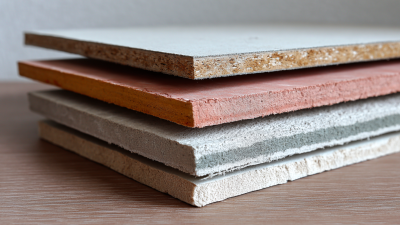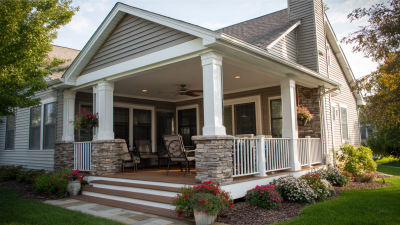Exploring the Benefits of Calcium Silicate Board in Modern Construction Practices
In modern construction practices, the quest for sustainable and efficient building materials is more important than ever. One notable innovation that has gained traction in the industry is Calcium Silicate Board, a versatile and eco-friendly solution that addresses various challenges in construction. This material boasts impressive properties, including fire resistance, moisture control, and thermal insulation, making it an ideal choice for a wide range of applications, from exterior cladding to interior partitions. As architects and builders strive to enhance the durability and safety of structures while minimizing environmental impact, exploring the benefits of Calcium Silicate Board becomes crucial. In this article, we will delve into the advantages of incorporating Calcium Silicate Board into contemporary building projects, examining its performance, sustainability attributes, and overall contribution to modern construction standards.
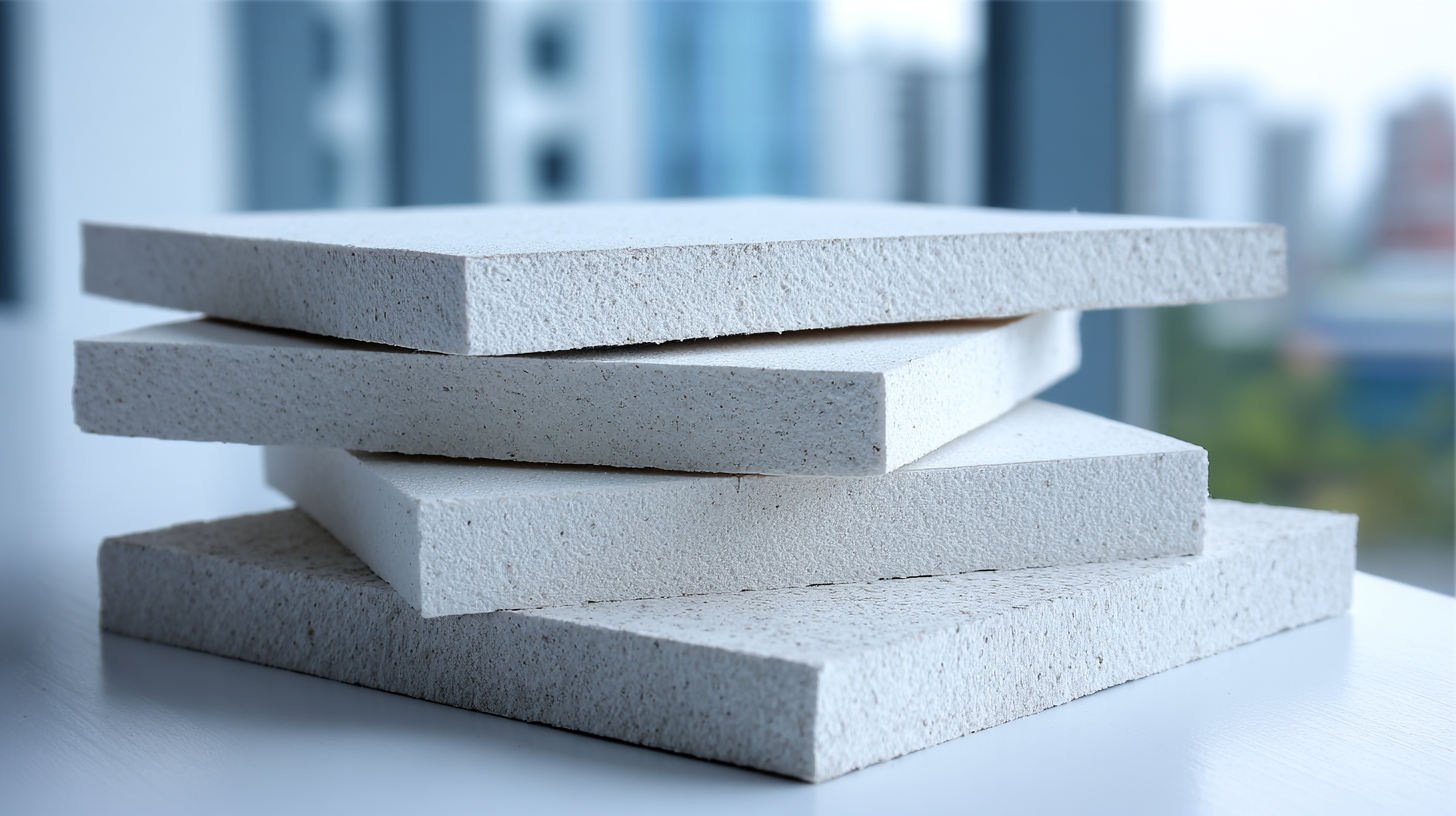
Innovative Insulation Properties of Calcium Silicate Board for Energy Efficiency
Calcium silicate board has gained prominence in modern construction practices due to its innovative insulation properties, significantly enhancing energy efficiency in buildings. This material acts as a superb thermal insulator, reducing heat transfer and maintaining consistent indoor temperatures. By minimizing reliance on heating and cooling systems, calcium silicate boards not only lower energy bills but also contribute to a reduced carbon footprint.
**Tips for Maximizing Insulation with Calcium Silicate Board:**
1. Ensure proper installation to create an airtight seal and maximize thermal resistance.
2. Combine calcium silicate boards with other eco-friendly materials to further enhance energy efficiency.
3. Regularly inspect your insulation to maintain optimal performance over time.
Additionally, the moisture-resistant nature of calcium silicate board prevents mold and improves indoor air quality, making it an ideal choice for various environments. The durability of this material means it can withstand the test of time, reducing the need for replacements and repairs, further promoting sustainable construction practices. Embracing calcium silicate board in new builds or renovations can lead to healthier, more energy-efficient spaces.
Exploring the Benefits of Calcium Silicate Board in Modern Construction Practices
This chart illustrates the energy efficiency benefits of different insulation materials, focusing on the innovative properties of Calcium Silicate Board compared to traditional materials in modern construction techniques.
Fire Resistance: Enhancing Safety Standards with Calcium Silicate Board
Calcium silicate board is increasingly becoming a cornerstone in modern construction due to its superior fire resistance properties. This material is engineered to withstand high temperatures, significantly slowing down the spread of flames and reducing smoke release in case of a fire. The composition of calcium silicate board creates a barrier against heat, which not only protects structural integrity but also provides critical time for evacuation during emergencies. Its application in walls, ceilings, and partitions ensures that buildings adhere to stringent safety standards, making it a preferred choice among architects and builders.
The ability of calcium silicate board to meet and exceed fire safety regulations is a substantial benefit for modern construction practices. It not only complies with fire resistance ratings required by building codes but also offers peace of mind to occupants and property owners. As fire prevention continues to be a paramount concern in construction, integrating calcium silicate board into design and building processes represents a proactive approach toward enhancing safety standards. This material serves not only as a protective layer but as an essential component in creating safer living and working environments.
Sustainability in Construction: The Eco-Friendly Aspects of Calcium Silicate Board
Calcium silicate board is increasingly gaining attention in modern construction due to its impressive eco-friendly characteristics. Comprising natural minerals, this material is not only non-toxic but also free from harmful substances such as asbestos and formaldehyde. One of its key sustainability benefits is its durability, which translates to reduced waste during construction and over the lifecycle of the building. By using materials that last longer, builders contribute to a decrease in resource consumption and carbon emissions associated with frequent renovations and replacements.
Additionally, calcium silicate boards possess excellent insulating properties, helping to enhance energy efficiency in buildings. This insulation minimizes the need for excessive heating and cooling, thereby reducing the overall energy footprint of structures. Furthermore, the boards can be recycled at the end of their life cycle, contributing to a circular economy model in construction. Overall, incorporating calcium silicate board into modern building practices not only promotes sustainability but also aligns with the growing demand for environmentally responsible materials in the industry.
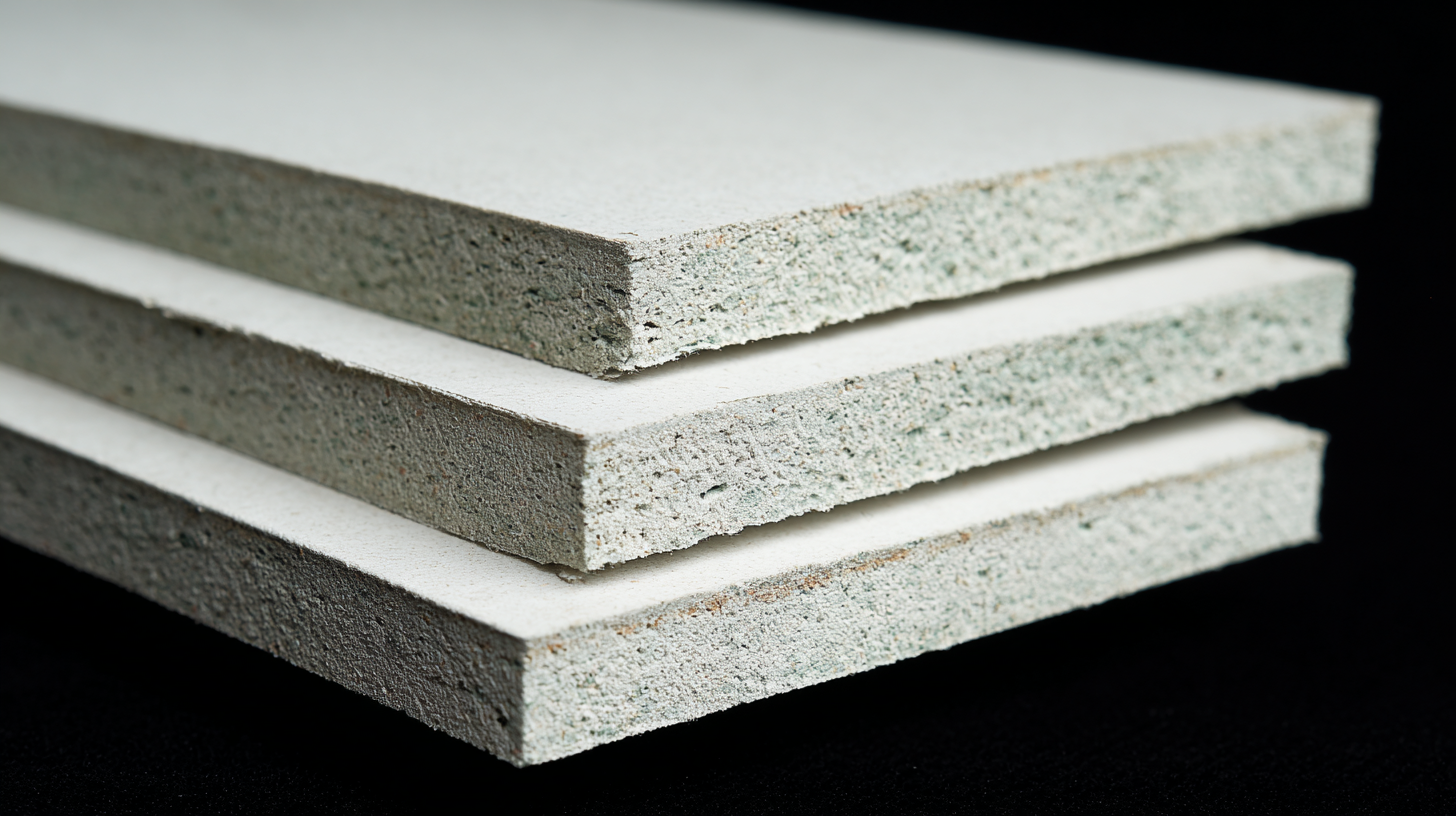
Cost-Effectiveness: How Calcium Silicate Board Reduces Long-Term Expenses
In modern construction practices, the use of calcium silicate board has emerged as a cost-effective solution that significantly reduces long-term expenses. This innovative material not only provides exceptional durability and resilience but also minimizes the costs associated with maintenance and replacements. By opting for calcium silicate board, builders and homeowners alike can enjoy a sustainable option that leads to reduced overall lifecycle costs, making it a smart investment in both residential and commercial projects.
Tips: When considering the installation of calcium silicate board, ensure proper sealing and finishing to maximize its lifespan. Additionally, integrating energy-efficient designs can further enhance the cost-effectiveness of using this material, as it contributes to lower energy bills over time.
Moreover, the versatility of calcium silicate board allows it to be utilized in various applications, from wall partitions to ceilings, without compromising on performance or aesthetics. This adaptability not only simplifies the construction process but also reduces the need for additional materials and labor, translating to lower construction costs. By carefully evaluating the long-term benefits of calcium silicate board, stakeholders can make informed decisions that favor both budgetary and environmental considerations.
Tips: Always consult with experienced contractors who have worked with calcium silicate board to ensure optimal installation techniques and to explore potential grants or incentives for utilizing sustainable building materials.
Versatile Applications: Using Calcium Silicate Board in Various Building Projects
 Calcium silicate board has emerged as a prominent choice in modern construction due to its exceptional properties and versatile applications.
According to the Freedonia Group, the demand for calcium silicate board is projected to grow significantly, driven primarily by the increasing focus on sustainable building practices and fire safety regulations.
With a high level of fire resistance, calcium silicate board can withstand prolonged exposure to heat, making it an ideal material for fire-rated walls, ceilings, and partitions in commercial and residential buildings.
Calcium silicate board has emerged as a prominent choice in modern construction due to its exceptional properties and versatile applications.
According to the Freedonia Group, the demand for calcium silicate board is projected to grow significantly, driven primarily by the increasing focus on sustainable building practices and fire safety regulations.
With a high level of fire resistance, calcium silicate board can withstand prolonged exposure to heat, making it an ideal material for fire-rated walls, ceilings, and partitions in commercial and residential buildings.
In addition to its fire-resistant properties, calcium silicate board is favored for its water resistance and thermal insulation capabilities.
The Global Construction Materials Market report indicates that these features make it suitable for a variety of applications, including exterior sheathing, interior wall systems, and as a substrate for tile and other finishes.
Its light weight and ease of installation further contribute to its appeal, allowing contractors to achieve high performance while reducing labor costs.
As the construction industry increasingly seeks multifunctional materials, calcium silicate board is positioned to play a key role across diverse building projects.

Products
About Us
Download
News
Blog
Contact Us
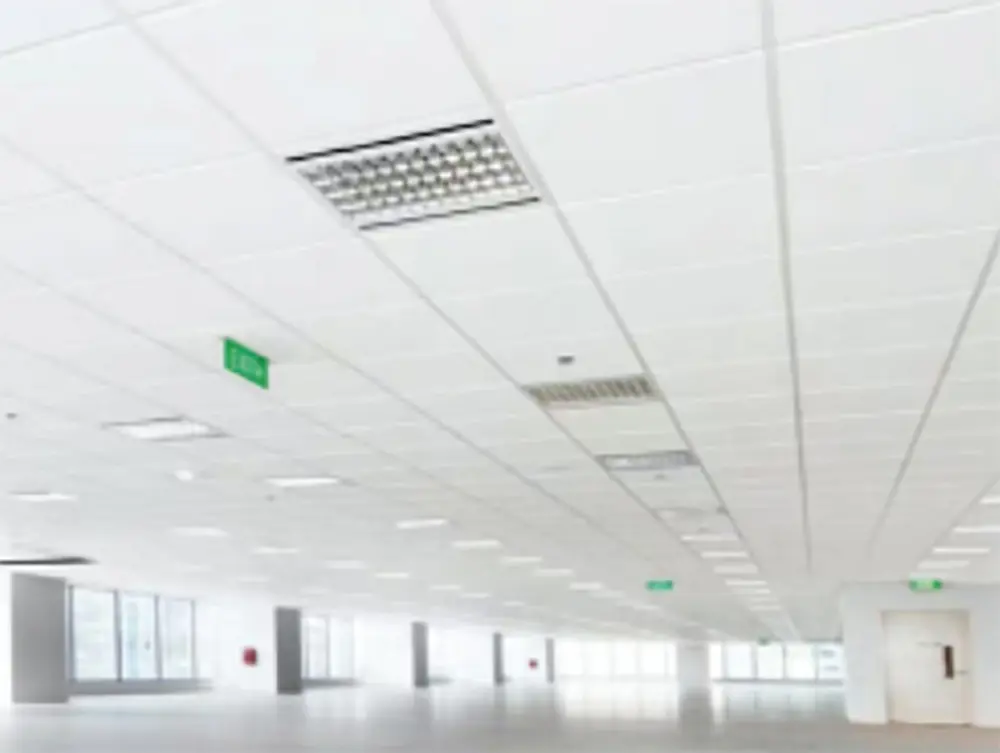 LEAO®Deco Ceiling
LEAO®Deco Ceiling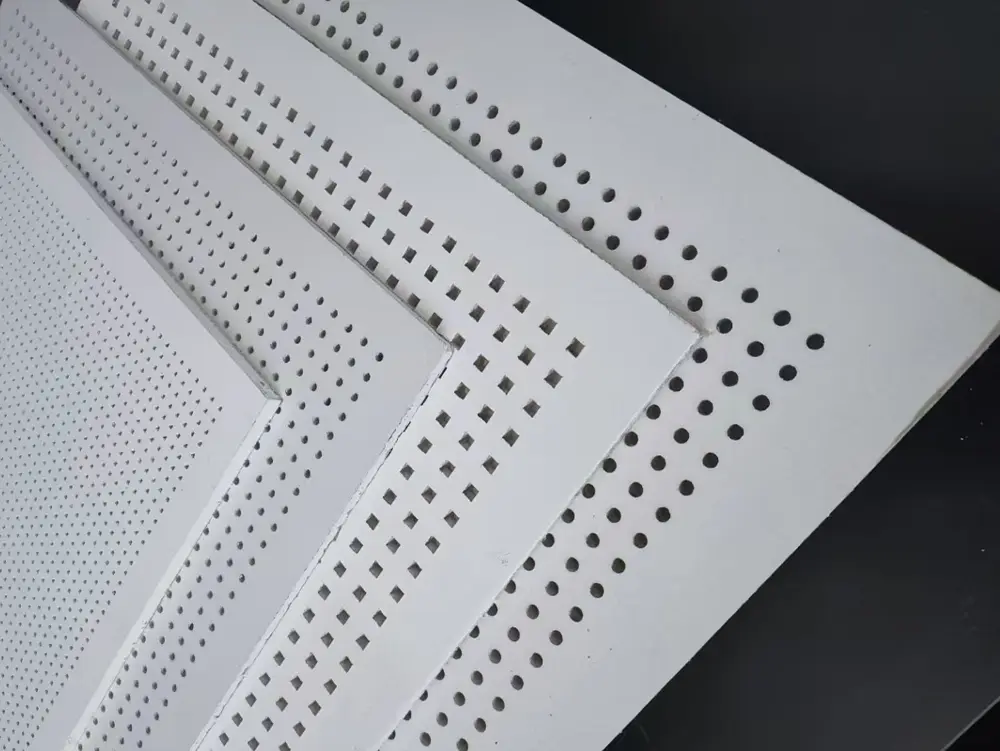 LEAO® Perforated Ceiling
LEAO® Perforated Ceiling LEAO® Ceiling Board
LEAO® Ceiling Board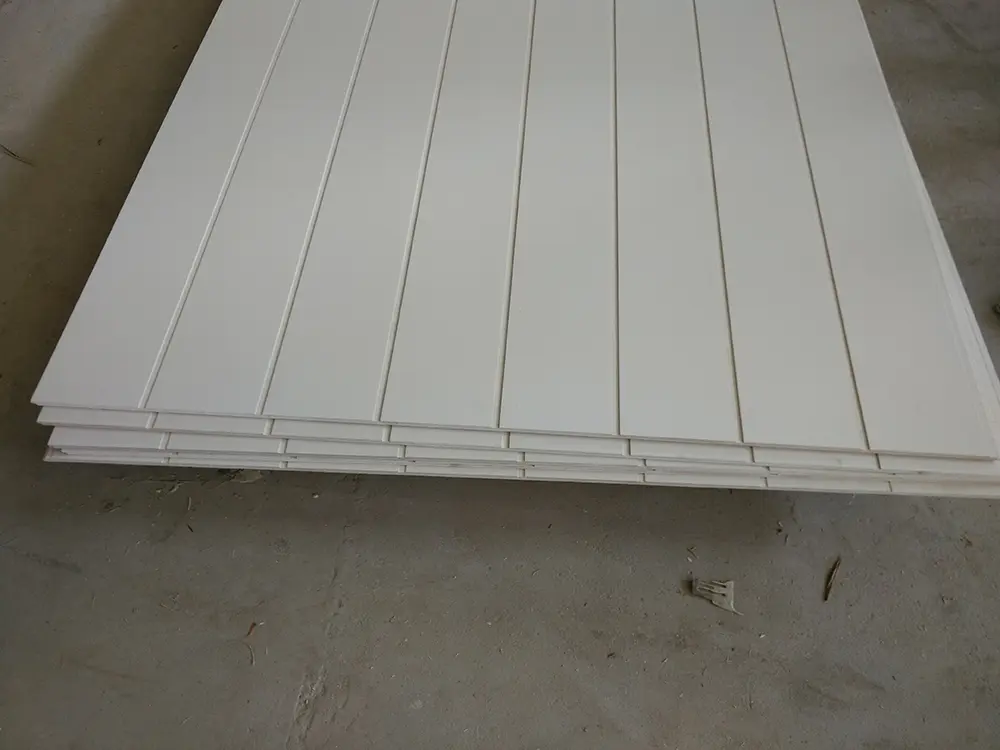 LEAO® Groove Interior Panel
LEAO® Groove Interior Panel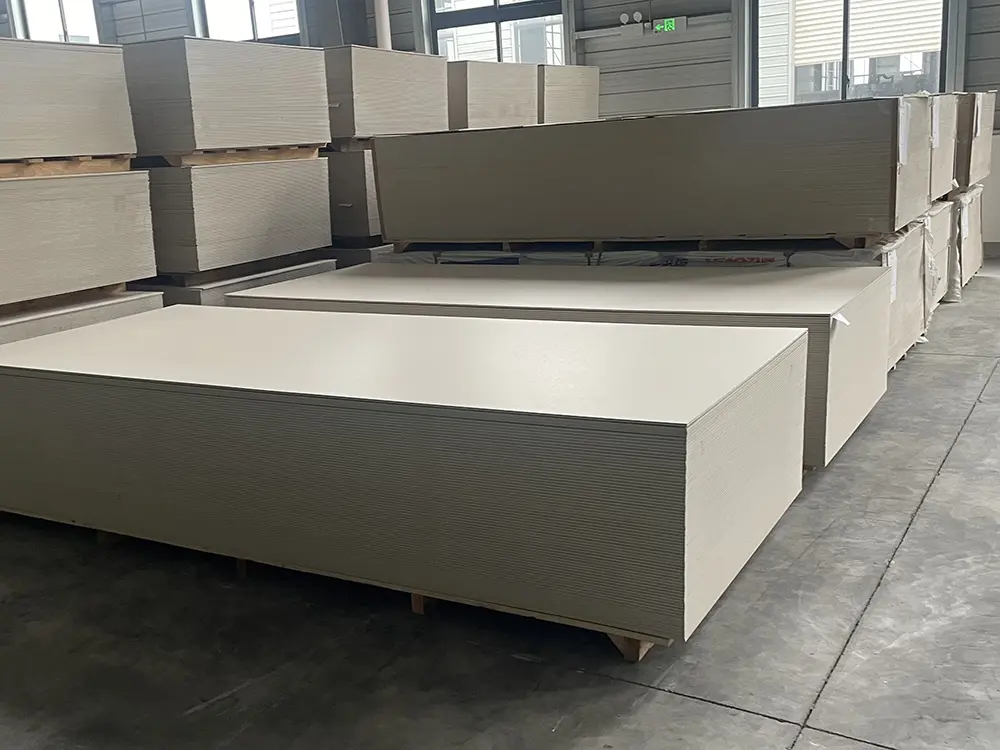 LEAO® Interior Board
LEAO® Interior Board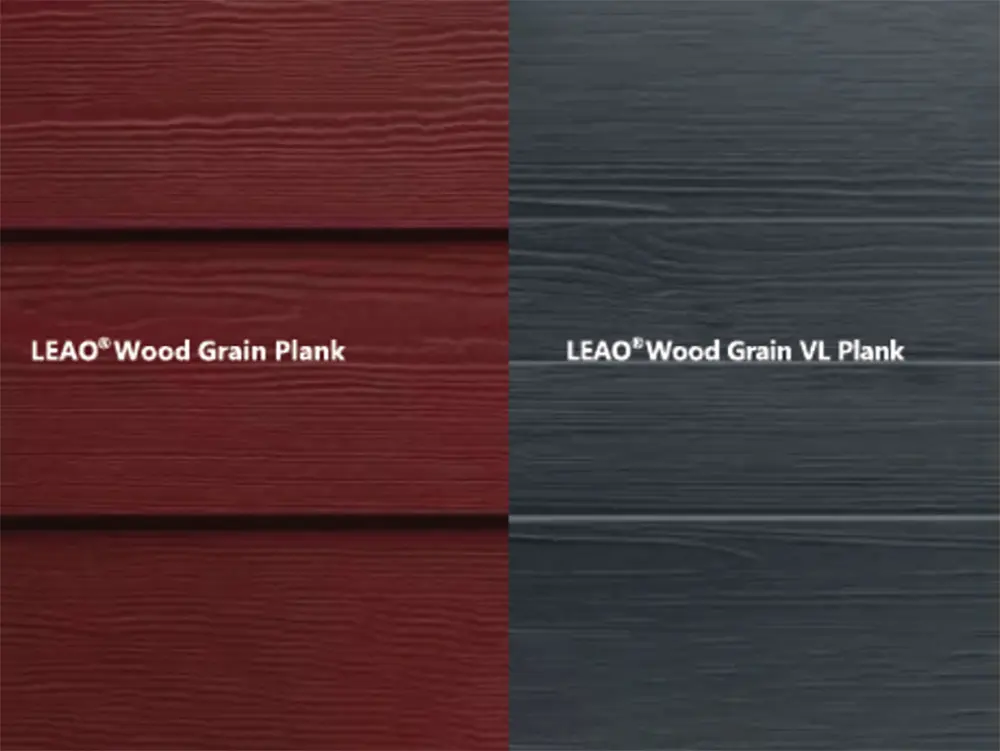 LEAO® Wood Grain Plank
LEAO® Wood Grain Plank LEAO® Grooved Exterior Panel
LEAO® Grooved Exterior Panel LEAO® Weatherboard
LEAO® Weatherboard LEAO® Access Floors
LEAO® Access Floors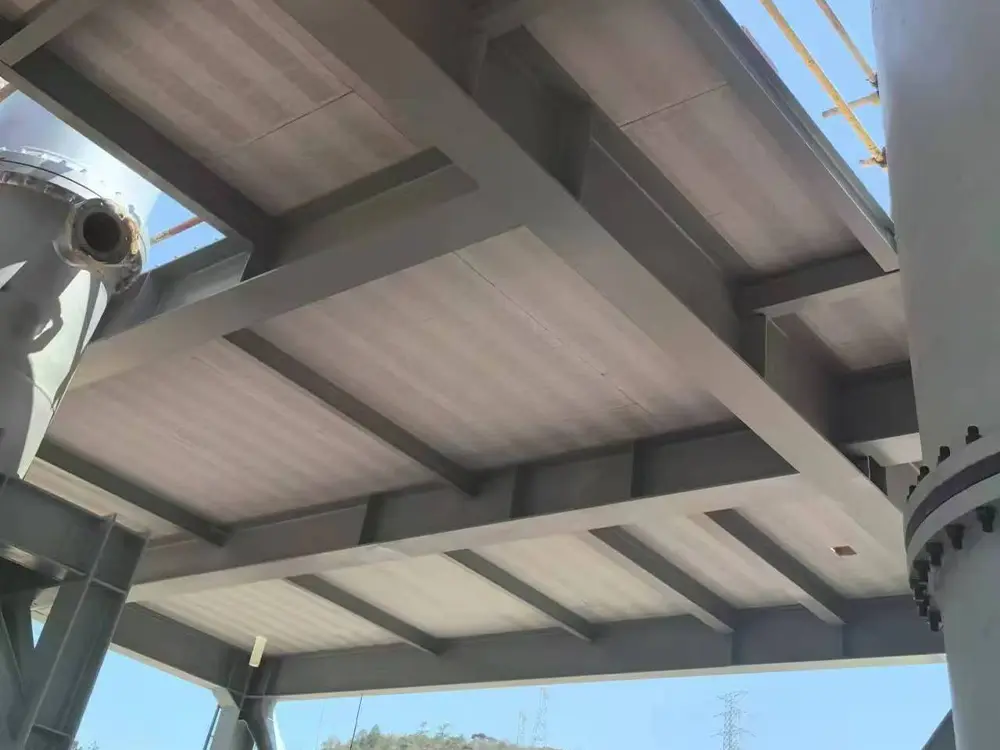 LEAO® Non-removable Formwork
LEAO® Non-removable Formwork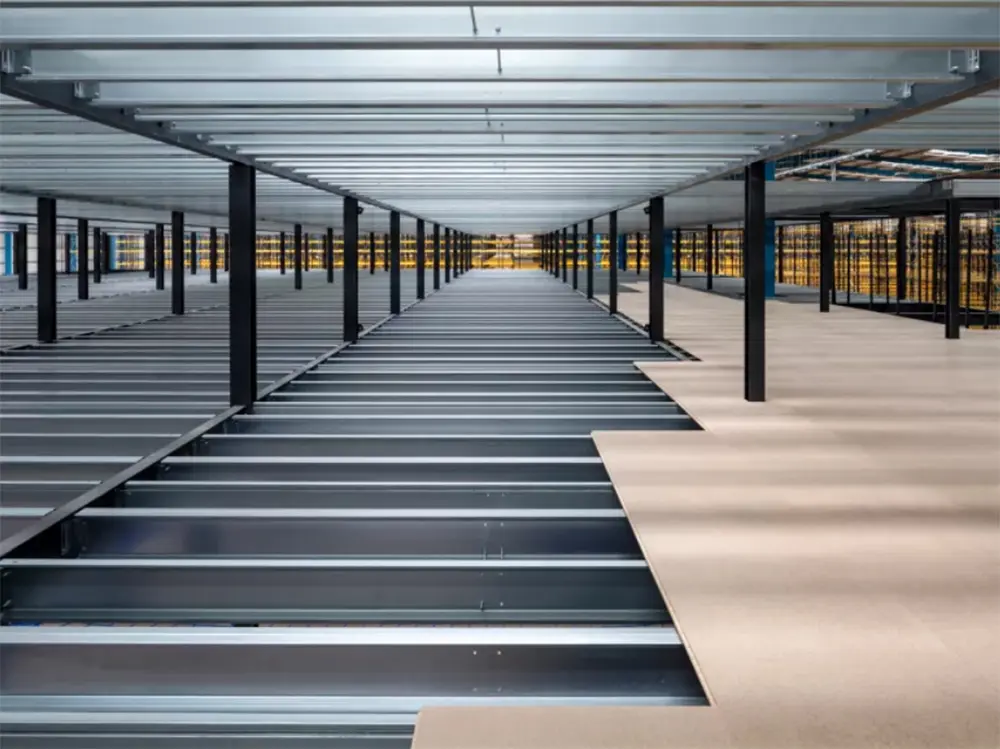 LEAO® Mezzanine Board
LEAO® Mezzanine Board LEAO® Ceramic Tile Underlay
LEAO® Ceramic Tile Underlay LEAO® Floor Plank
LEAO® Floor Plank LEAO® Flooring
LEAO® Flooring LEAO® Wood Style Decorative Panel
LEAO® Wood Style Decorative Panel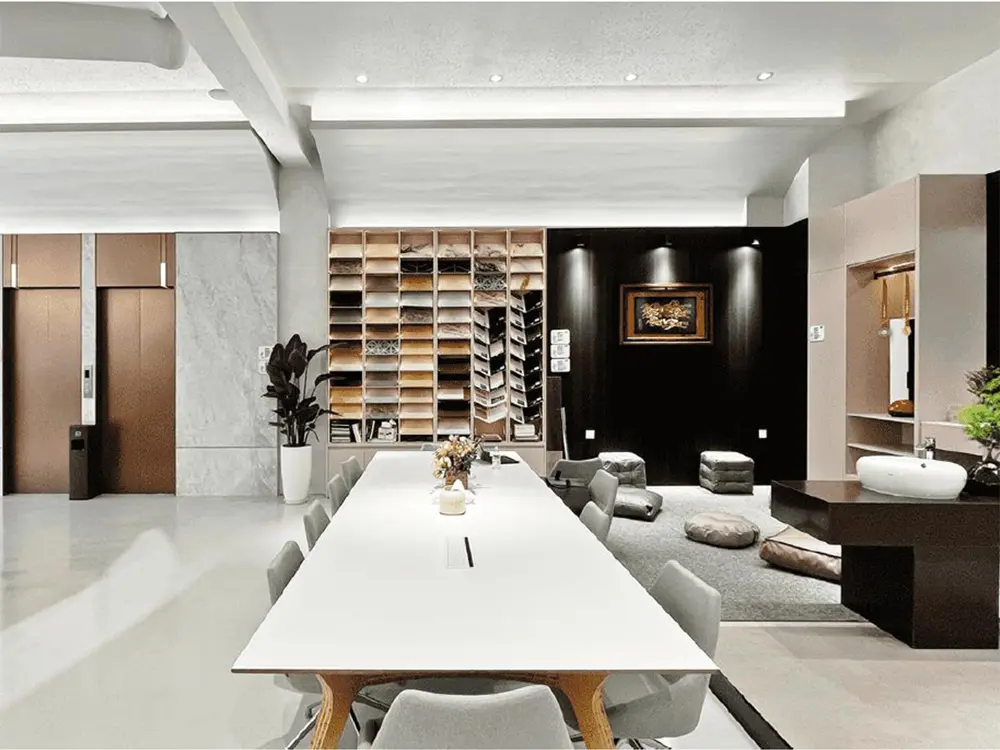 LEAO® Stone Style Decorative Panel
LEAO® Stone Style Decorative Panel LEAO® Pure Style Decorative Panel
LEAO® Pure Style Decorative Panel

 Calcium silicate board has emerged as a prominent choice in modern construction due to its exceptional properties and versatile applications.
According to the Freedonia Group, the demand for calcium silicate board is projected to grow significantly, driven primarily by the increasing focus on sustainable building practices and fire safety regulations.
With a high level of
Calcium silicate board has emerged as a prominent choice in modern construction due to its exceptional properties and versatile applications.
According to the Freedonia Group, the demand for calcium silicate board is projected to grow significantly, driven primarily by the increasing focus on sustainable building practices and fire safety regulations.
With a high level of 
